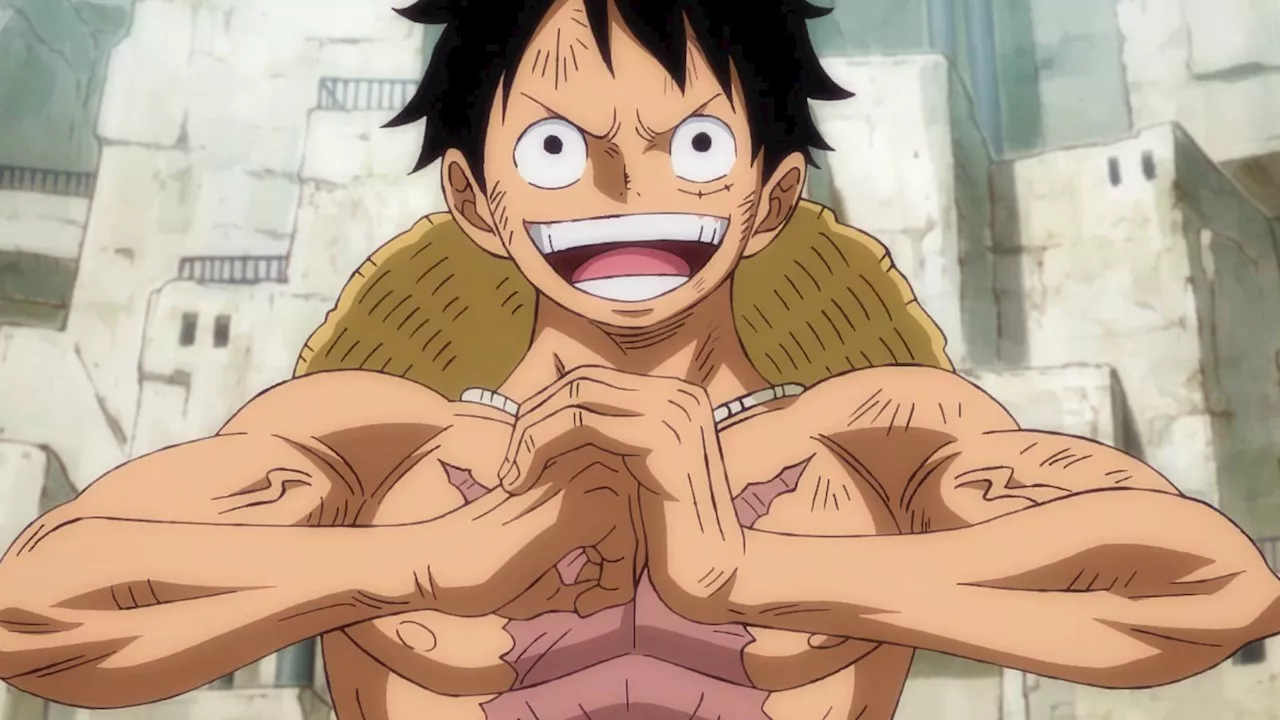Entertainment
One Piece’s Evolution: From Early Prototypes to Global Phenomenon

The journey of Eiichiro Oda‘s iconic manga, One Piece, is marked by a blend of creativity and perseverance. From its initial prototypes to becoming a global phenomenon, the story illustrates the challenges and triumphs faced by its creator. Oda’s commitment to crafting an epic adventure has led to a franchise that has generated billions in revenue, yet its path to success was anything but straightforward.
In its early years, One Piece encountered notable setbacks. The initial versions of the manga, particularly the two iterations of Romance Dawn, showcased Oda’s early attempts to establish a unique narrative. These versions, released in the Weekly Shonen Jump Summer Special of 1996 and the mainline publication, did not meet Oda’s expectations. Despite these initial failures, each release contributed to the intricate tapestry of the eventual One Piece storyline.
Rough Beginnings with Promise
Reading through both Romance Dawn versions reveals Oda’s ambition to create a high-seas adventure. In an interview featured in the October 3, 2025 edition of One Piece Magazine, Oda described the creation process as “total chaos.” He expressed gratitude towards his assistants for their support but admitted that he did not view the final products as ideal.
With a two-week deadline to produce a one-shot, Oda faced immense pressure. He reworked his existing concepts, knowing that this was a critical opportunity. “What mattered more was the relief that somehow we avoided leaving a hole in Jump,” he said. This realization spurred him to develop the serialization title, “One Piece,” which, after several rejections during editorial meetings, finally began serialization a year later.
The Romance Dawn prototypes, while predictably rough, contained elements that would later characterize One Piece. The introduction of Shanks, the concept of Conqueror’s Haki, and the iconic straw hat featured prominently in these early drafts. Although some parts were less polished—such as Luffy’s boat adorned with four stacked flags—the promise of Oda’s creativity was evident.
Connecting Early Concepts to a Masterpiece
Creating a coherent one-shot for a series as intricate as One Piece posed significant challenges. For instance, Conqueror’s Haki, introduced in Romance Dawn version 1, would not be explicitly named until chapter 234 of the main series. Oda’s meticulous world-building allowed for connections to be established over hundreds of chapters, reinforcing the narrative’s depth.
One of the most significant symbols in One Piece, Luffy‘s straw hat, became a meaningful artifact linked to Gol D. Roger. In later chapters, the overarching villain Imu is seen possessing a similar hat, hinting at deeper connections within the story. These intricate details reflect Oda’s long-term planning and vision.
While the Romance Dawn versions benefited from relaxed expectations, they also showcased Oda’s ongoing development as a storyteller. Fans were introduced to Luffy’s character foundation, his childhood, and his relationship with Shanks, enriching the narrative experience when compared to the prototypes.
Oda’s journey mirrors that of other manga creators who have faced setbacks. For example, Satoru Noda experienced commercial failure with his early work Supinamarada! before achieving success with Golden Kamuy. Such stories illustrate that the creative process often involves trial and error before a breakthrough occurs.
The essence of One Piece lies in its evolution. Oda’s ability to incorporate past failures into future narratives demonstrates his mastery of long-term storytelling. For instance, elements from the often-criticized Long Ring Long Land Arc have been woven into the larger narrative, showcasing how even seemingly minor details can become significant over time.
As fans of One Piece continue to explore its vast world, they recognize that patience is crucial. The series, which spans nearly three decades, offers a rewarding experience for those willing to invest their time and enthusiasm in its unfolding adventures. The transformation from Romance Dawn to the rich tapestry of One Piece exemplifies that great stories require time, dedication, and a willingness to learn from past endeavors.
In conclusion, One Piece stands as a testament to Oda’s creative journey. The early prototypes, while imperfect, laid the groundwork for what would become one of the most beloved and successful manga series in history. The lessons learned from those formative years continue to resonate within the ongoing saga, reminding fans of the importance of evolution in storytelling.
-

 Science2 months ago
Science2 months agoInventor Achieves Breakthrough with 2 Billion FPS Laser Video
-

 Health2 months ago
Health2 months agoCommunity Unites for 7th Annual Into the Light Walk for Mental Health
-

 Top Stories2 months ago
Top Stories2 months agoCharlie Sheen’s New Romance: ‘Glowing’ with Younger Partner
-

 Entertainment2 months ago
Entertainment2 months agoDua Lipa Aces GCSE Spanish, Sparks Super Bowl Buzz with Fans
-

 Health2 months ago
Health2 months agoCurium Group, PeptiDream, and PDRadiopharma Launch Key Cancer Trial
-

 Top Stories2 months ago
Top Stories2 months agoFormer Mozilla CMO Launches AI-Driven Cannabis Cocktail Brand Fast
-

 Entertainment2 months ago
Entertainment2 months agoMother Fights to Reunite with Children After Kidnapping in New Drama
-

 World2 months ago
World2 months agoIsrael Reopens Rafah Crossing After Hostage Remains Returned
-

 Business2 months ago
Business2 months agoTyler Technologies Set to Reveal Q3 Earnings on October 22
-

 World2 months ago
World2 months agoR&B Icon D’Angelo Dies at 51, Leaving Lasting Legacy
-

 Health2 months ago
Health2 months agoNorth Carolina’s Biotech Boom: Billions in New Investments
-

 Entertainment2 months ago
Entertainment2 months agoRed Sox’s Bregman to Become Free Agent; Tigers Commit to Skubal









